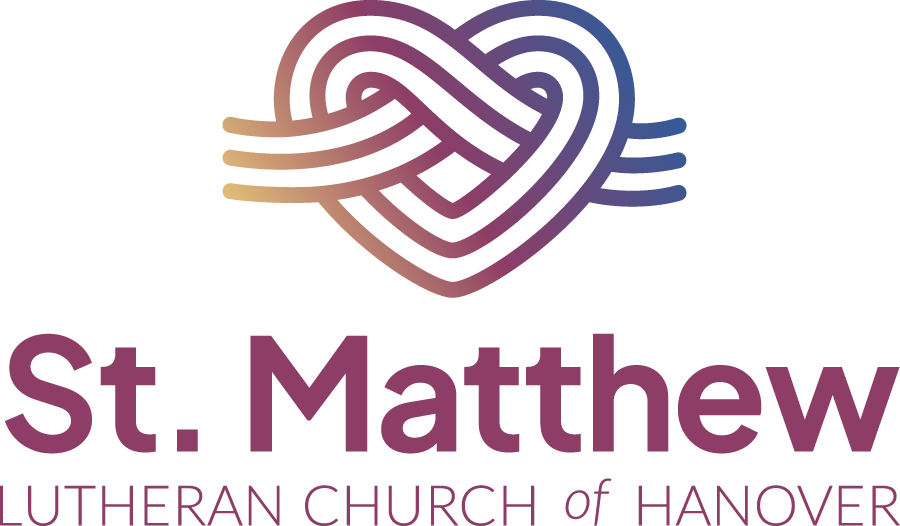- 1731 An April baptism was recorded by John Casper Stoever, who arrived in Philadelphia in 1728 as a 21-year-old theology student. In 1733, a small group of Protestants, mostly Lutheran, were settled along the southeast bank of the Conewago Creek, near the present Conewago Chapel. For ten years, Pastor Stoever served the area between Philadelphia and Virginia, traveling on horseback.
- 1743 Rev. David Candler was the first regularly appointed missionary pastor. The pioneer Lutherans met for worship in his home until a log house of worship was built nearby, in what is now called Midway, about a mile northwest of the present church. On April 14, 1743, the “Evangelical Lutheran Congregation on the Conewago” was organized, and seventy persons were baptized during Pastor Candler’s first year. He also served other congregations between the Susquehanna and the Potomac Rivers. Following his death in 1744, a succession of three imposters caused strife and division within the flock. A request for help was sent to the United Lutheran pastors from the University of Halle, Germany.
- 1746 Rev. Henry Melchior Muhlenberg, eminent church leader of his day, responded with a visit to the York area. He sent a request to Halle for more co-workers, later assigning one of them, John Helfrich Schaum, to unite the York and Hanover parishes. He served from 1748 to 1752, and was ordained by the first synod in 1749. Frederick Gelwicks, a schoolmaster and elder of the congregation, kept the baptismal register from 1744 to 1752.
- 1752 Rev. John George Bager, from Germany, was elected pastor and helped organize more than a hundred congregations in a fifty-square-mile area, including St. David (Sherman’s) in 1753, and St. John, Littlestown, in 1763.
- 1756 A second church building was erected near the present site of All Saints Episcopal Church. The congregation was renamed “St. Michael’s Evangelical Lutheran Church.” Pastor Bager resigned in 1763. These years were ones of struggle between the French and the English for possession of the land. Church records are very incomplete. Laymen carried on during long periods with no regular pastor. The congregation maintained an active parochial school in its own building where the Grant House now stands. In 1763, Richard McAllister laid out the town of Hanover.
- 1765 John Frederick Wildbahn, a parochial teacher licensed by Rev. Muhlenberg to perform ministerial acts, was elected pastor, and at one time served nine congregations in the area. In 1777, Rev. Bager returned to serve as pastor until 1782. That year, Rev. Daniel Schroeter became pastor in the country congregations “in and around McAllistertown.”
- 1790 Rev. Frederick Valentine Melsheimer came to this land during the War of Independence as chaplain of a German regiment. He served several churches and taught languages at Franklin and Marshall College before becoming pastor of this congregation in 1790. A strict disciplinarian and fearless preacher, he expelled a large number of delinquent members. In 1802, ground was broken for a third church building, constructed on the present site of the Fellowship Building, and dedicated in 1807 by a congregation of 160 members with the spire and bell added soon afterward.
- 1814 Rev. John F. Melsheimer had been his father’s assistant for some years and became pastor after the elder’s death. He was the first to advocate preaching in English. Until the 19th century, all services had been conducted in German. This Pastor Melsheimer was president of the first “Hanover Sunday School Society,” organized in cooperation with the Reformed Church in 1821.
- 1829 When Rev. Jonathan Ruthrauff came as pastor, the charge included Hanover, Abbottstown, Littlestown, and Stone Church in Codorus. He gradually introduced English into the preaching, and vigorously maintained a Sunday School with the help of the Reformed and United Brethren churches. Wednesday evening prayer meetings met alternately in the Lutheran and Reformed churches, and Bible Class was held weekly in the homes of members of both churches. Pastor Ruthrauff drafted a charter and articles of incorporation, but resigned in 1833 before they could be authorized.
Back to History Main Page Next Page

